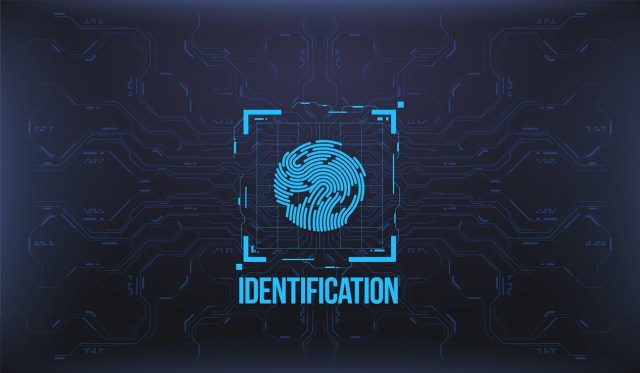Enhancing User Experience and Security with Passwordless Login

With the increasing number of online accounts we manage on a daily basis, it’s no surprise that remembering multiple passwords has become a daunting task. Not to mention the security risks associated with weak or reused passwords. To address these challenges, many organizations are turning to passwordless login solutions. In this article, we will explore how passwordless login enhances user experience and security.
What is Passwordless Login?
Passwordless login is a modern authentication method that eliminates the need for traditional passwords. Instead of relying on memorized secret codes, passwordless login leverages other factors such as biometrics, hardware tokens, or email-based verification to authenticate users.
Improved User Experience
One of the major advantages of using passwordless login is the improved user experience it offers. Users no longer need to remember complex passwords or go through the hassle of resetting them when forgotten. This eliminates frustration and saves valuable time for both users and support teams.
Moreover, passwordless login provides a seamless user experience across different devices and platforms. Whether accessing an account from a desktop computer or a mobile device, users can enjoy a consistent and effortless authentication process.
Enhanced Security
While convenience is important, security should never be compromised. Passwords have long been susceptible to attacks such as brute-force attempts and phishing schemes. By eliminating passwords altogether, passwordless login significantly reduces the risk of unauthorized access.
Biometric authentication methods like fingerprint or facial recognition add an extra layer of security by verifying unique physical characteristics that are difficult to replicate. This ensures that only authorized individuals can log in to their accounts.
Additionally, hardware tokens provide another level of security by generating one-time passcodes that are used for authentication purposes. These tokens are usually separate devices or smartphone apps that generate unique codes each time they are used.
Implementation Challenges
Implementing passwordless login may come with some challenges depending on the organization’s infrastructure and user base. One challenge is the need for compatible devices or hardware tokens to support biometric or token-based authentication methods. This might require additional investment in upgrading existing systems or providing users with compatible devices.
Another challenge is user education and adoption. As passwordless login is a relatively new concept, some users may be hesitant to embrace this change. Organizations should invest in educating their users about the benefits and security enhancements of passwordless login to ensure a smooth transition.
Conclusion
Passwordless login offers a win-win solution for both users and organizations by enhancing the user experience while improving security measures. With the elimination of passwords, users can enjoy a seamless authentication process across multiple platforms, saving time and reducing frustration. Furthermore, passwordless login mitigates the risks associated with weak or reused passwords, providing enhanced security through biometric authentication and hardware tokens.
While implementing passwordless login may present some challenges, organizations can overcome them with proper planning, infrastructure upgrades, and user education. By embracing this modern authentication method, organizations can provide their users with a convenient yet secure way to access their accounts online.
This text was generated using a large language model, and select text has been reviewed and moderated for purposes such as readability.





